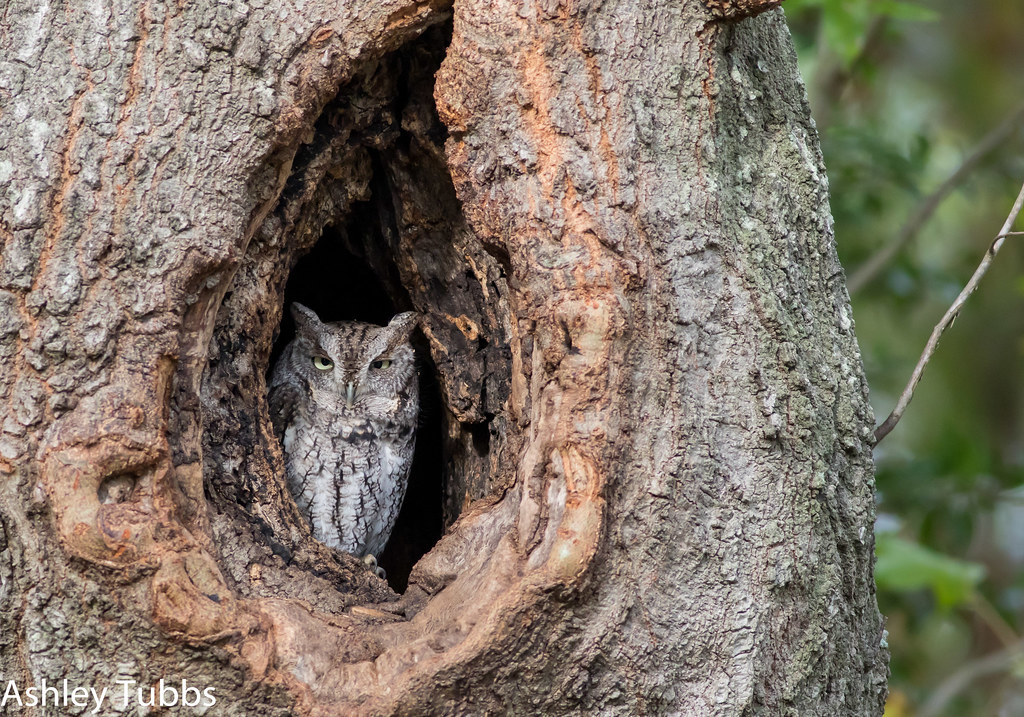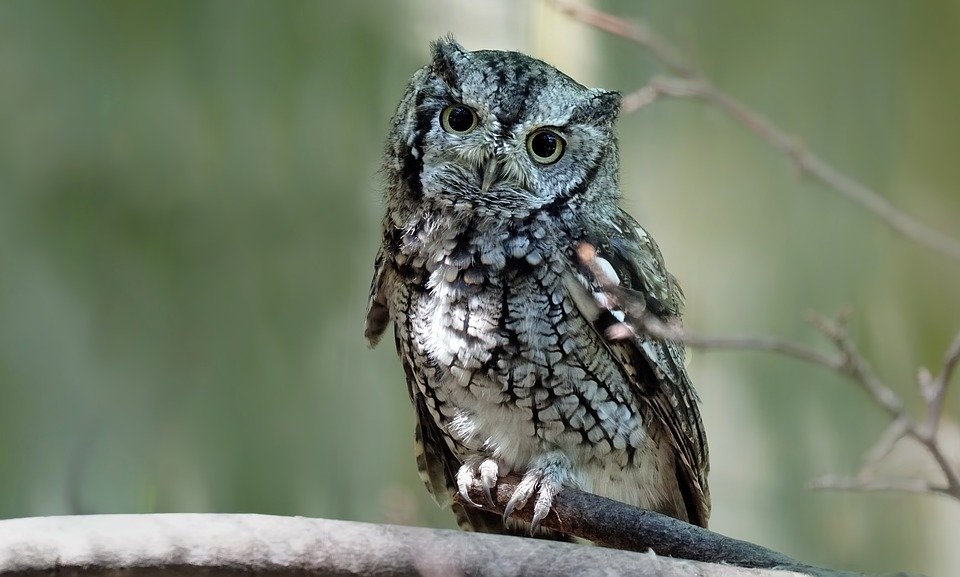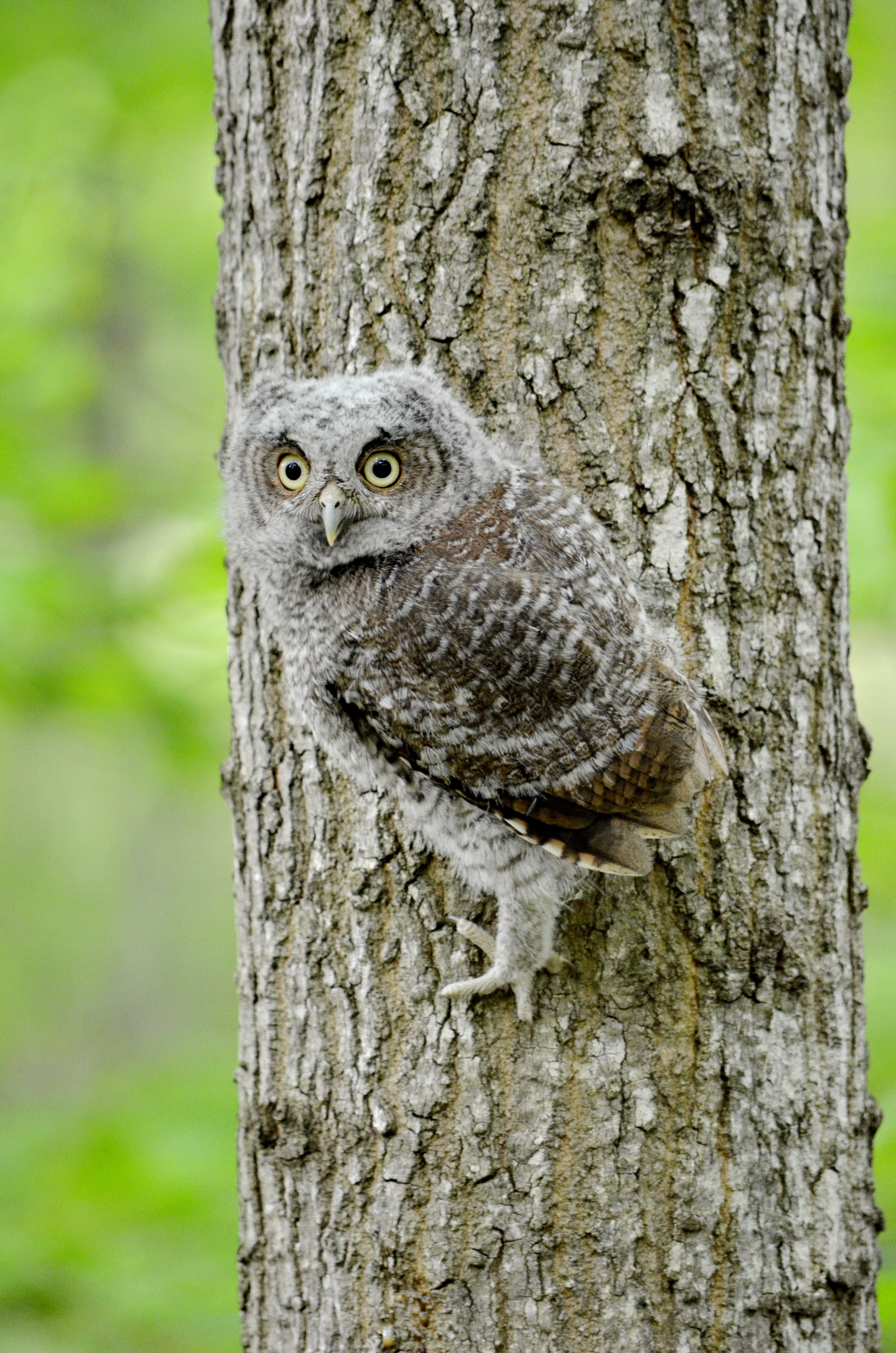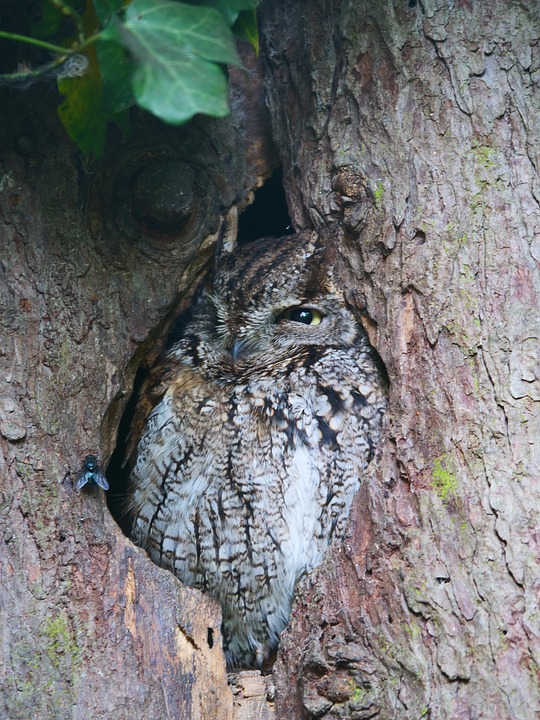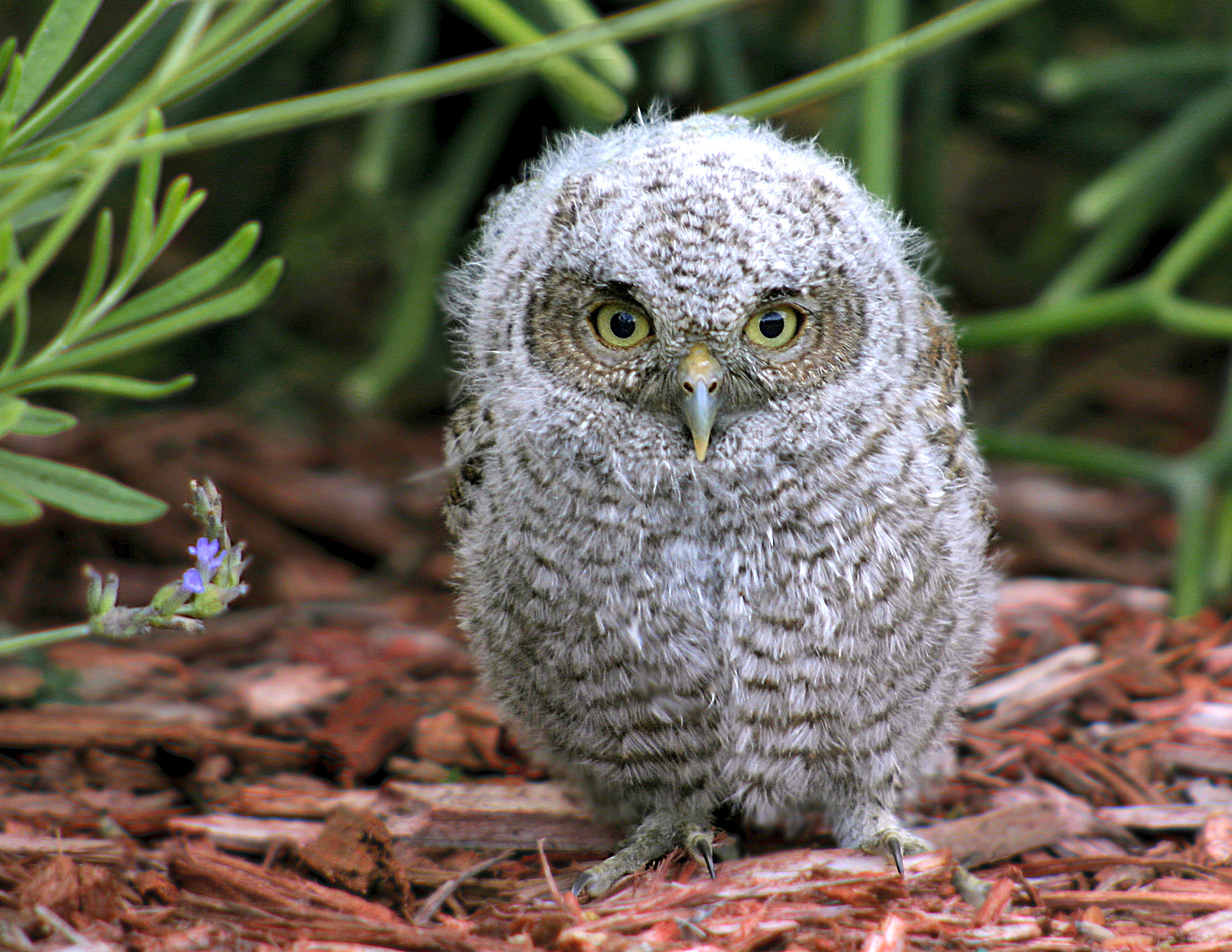Wonders of Wildlife: Eastern Screech Owl
Eastern Screech Owl Other Common Names: common screech owl, gray owl, little cat owl, whinnying owl, little horned owl Scientific Name: Megascops asio Found in Alabama: Year-round, Statewide Diet: Carnivore (eats animals) |
Eastern Screech Owl in Habitat
Flickr - Ashley Wahlberg (Tubbs) Click image to enlarge it |
Learn more about...
| CLASSIFICATION | ||
|
What type of animal am I?
|
|
|
| The Eastern Screech Owl is a BIRD! | ||
| IDENTIFICATION TIPS | ||
Size: |
|
|
|
Key Characteristics:
|
|
Eastern Screech Owl
Pixaby - MiniMe-70
Click image to enlarge it |
Young: |
|
Young Eastern Screech Owl
Dreamstime
Click image to enlarge it |
| ADAPTATIONS | |
| PHYSICAL ADAPTATIONS | |
| Eastern Screech Owls use camouflage: | |
|
Eastern Screech Owl
Pixaby - Kevinsphotos (Kevin) Click image to enlarge it |
| Eastern Screech Owls are effective hunters: | |
|
|
| Eastern Screech Owls are good climbers: | |
|
|
| Birds can fly: | |
|
|
| Birds can digest whole prey: | |
|
|
| BEHAVIORAL ADAPTATIONS | |
| Eastern Screech Owls are nocturnal: | |
|
|
| Eastern Screech Owls communicate with one another: | |
|
|
| LIFE CYCLE | ||
Nest: |
|
|
Eggs: |
|
|
Young: |
|
Baby Eastern Screech Owl Pam Winegar Click image to enlarge it |
Life Span: |
|
|
| NATURAL Habitat Needs | ADULTS | YOUNG |
| Food |
|
|
| Water |
|
|
| Shelter |
|
|
| Places to Raise Young |
|
| BACKYARD Habitat Needs |
ADULTS | YOUNG |
| Food |
|
|
| Water |
|
|
| Shelter |
|
|
| Places to Raise Young |
|
|
| ECOLOGICAL ROLE | ||
| Animals play an important ecological role in the health of habitats and ecosystems. | ||
Food Source: |
|
|
Insect and rodent population control: |
|
|
Symbiotic Relationships: |
|
|
INFORMATION SOURCES FOR THIS SPECIES
 |
 |
|
 |
 |
|
 |
 |
|
 |
 |
|
 Wildlife Tag
Wildlife Tag
